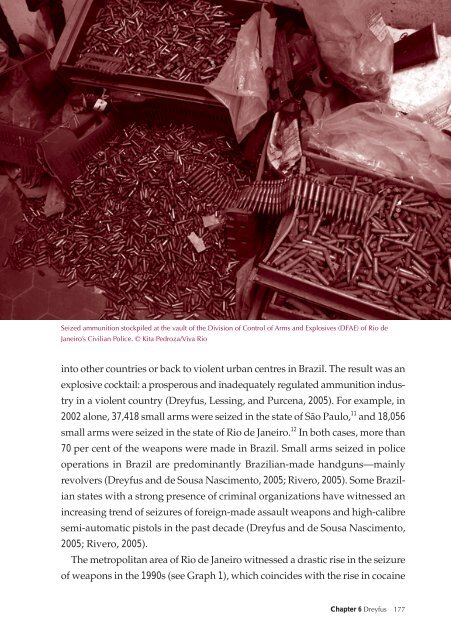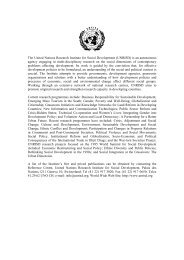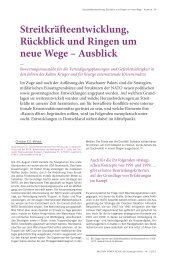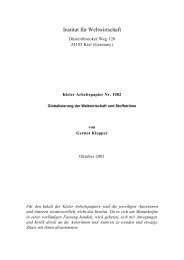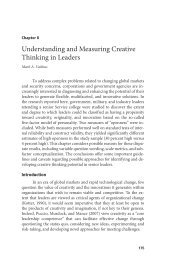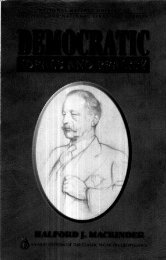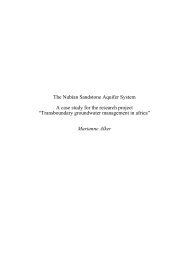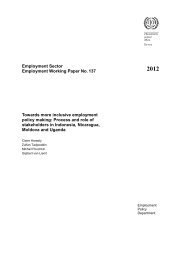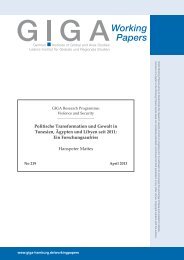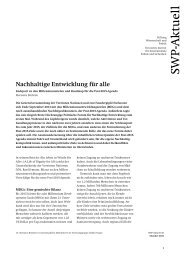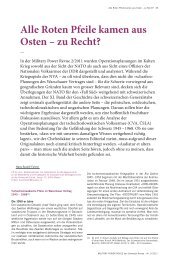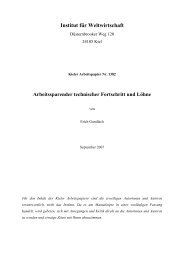Crime and Ammunition Procurement
Crime and Ammunition Procurement
Crime and Ammunition Procurement
You also want an ePaper? Increase the reach of your titles
YUMPU automatically turns print PDFs into web optimized ePapers that Google loves.
Seized ammunition stockpiled at the vault of the Division of Control of Arms <strong>and</strong> Explosives (DFAE) of Rio de<br />
Janeiro’s Civilian Police. © Kita Pedroza/Viva Rio<br />
into other countries or back to violent urban centres in Brazil. The result was an<br />
explosive cocktail: a prosperous <strong>and</strong> inadequately regulated ammunition industry<br />
in a violent country (Dreyfus, Lessing, <strong>and</strong> Purcena, 2005). For example, in<br />
2002 alone, 37,418 small arms were seized in the state of São Paulo, 11 <strong>and</strong> 18,056<br />
small arms were seized in the state of Rio de Janeiro. 12 In both cases, more than<br />
70 per cent of the weapons were made in Brazil. Small arms seized in police<br />
operations in Brazil are predominantly Brazilian-made h<strong>and</strong>guns—mainly<br />
revolvers (Dreyfus <strong>and</strong> de Sousa Nascimento, 2005; Rivero, 2005). Some Brazilian<br />
states with a strong presence of criminal organizations have witnessed an<br />
increasing trend of seizures of foreign-made assault weapons <strong>and</strong> high-calibre<br />
semi-automatic pistols in the past decade (Dreyfus <strong>and</strong> de Sousa Nascimento,<br />
2005; Rivero, 2005).<br />
The metropolitan area of Rio de Janeiro witnessed a drastic rise in the seizure<br />
of weapons in the 1990s (see Graph 1), which coincides with the rise in cocaine<br />
Chapter 6 Dreyfus 177


